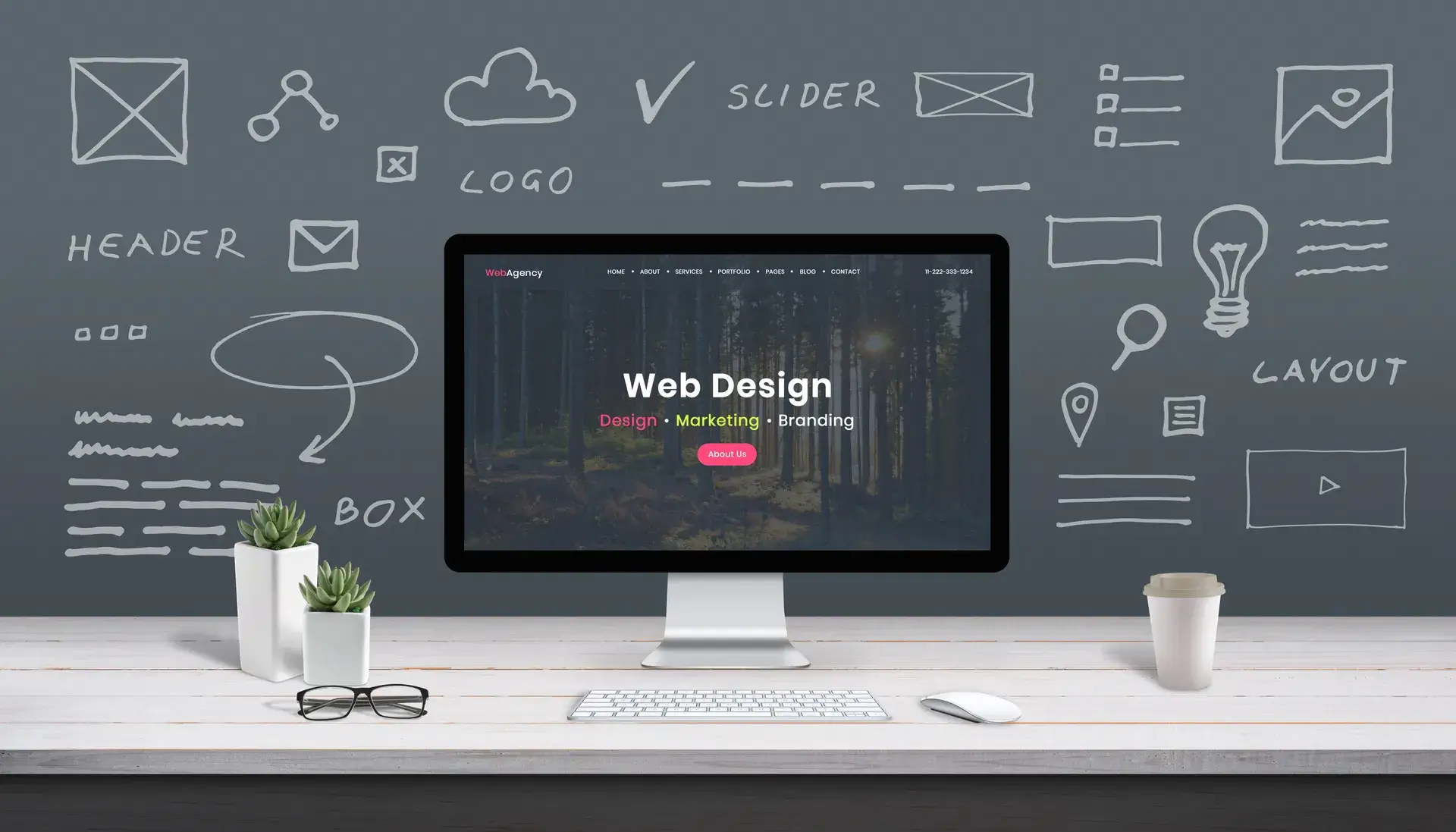In today's digital landscape, having a creative website is essential for capturing attention and engaging your audience. A unique and innovative website design not only attracts visitors but also reflects your brand's personality and values. This guide explores key elements of creative website design, tips for implementation, and examples of standout websites to inspire your next project.
Why Creative Website Design Matters
A creative website serves multiple purposes:
- First Impressions: Visitors often make snap judgments based on your website's design. A visually appealing site increases the likelihood of a positive first impression.
- User Engagement: Engaging designs keep visitors on your site longer, reducing bounce rates and increasing the chances of conversions.
- Brand Identity: A unique design helps establish your brand's identity, making it more memorable and recognizable.
Key Elements of Creative Website Design
1. Unique Layouts
Think outside the traditional grid layout. Experiment with asymmetrical designs, overlapping elements, or diverse section shapes to create a visually dynamic layout.
2. Bold Color Schemes
A creative website often uses bold colors that reflect a brand's personality. Consider color psychology when choosing your palette to evoke the desired emotions from your audience.
3. Typography
Creative typographic choices can add character to your design. Select fonts that complement your brand’s tone and ensure they are legible across devices.
4. Interactive Elements
Incorporating interactive elements—such as hover effects, animations, and sliders—can enhance the user experience and encourage exploration.
5. Quality Imagery and Graphics
High-quality images and custom graphics make a website more visually appealing. Use images that resonate with your brand message and engage your audience.
Tips for Implementing Creative Design
1. Know Your Audience
Understanding your target audience is key to designing a creative website that resonates. Conduct research to determine what appeals to them visually.
2. Keep It User-Friendly
A creative website should not sacrifice usability. Maintain a balance between aesthetics and functionality, ensuring an intuitive navigation experience.
3. Test Design Elements
Consider A/B testing different design elements to see which resonates best with your audience. Testing can help refine your creative concepts.
Inspiring Examples of Creative Websites
To spark your creativity, look at some examples of websites with outstanding designs:
- Airbnb: This site creatively showcases listings with high-quality images and an easy-to-use search function.
- Nike: Nike's website features a bold color palette and engaging visuals that reflect their brand identity.
- Dropbox: The use of simple design with clever illustrations helps communicate Dropbox’s value proposition clearly.
Conclusion
A creative website design is crucial for standing out in a crowded online marketplace. By incorporating unique layouts, bold colors, and quality visuals while maintaining usability, you can craft an engaging site that resonates with your audience. At Prebo Digital, we specialize in creative web design that captures your brand's essence and elevates your online presence. Ready to create a standout website? Contact us for a free consultation today!














